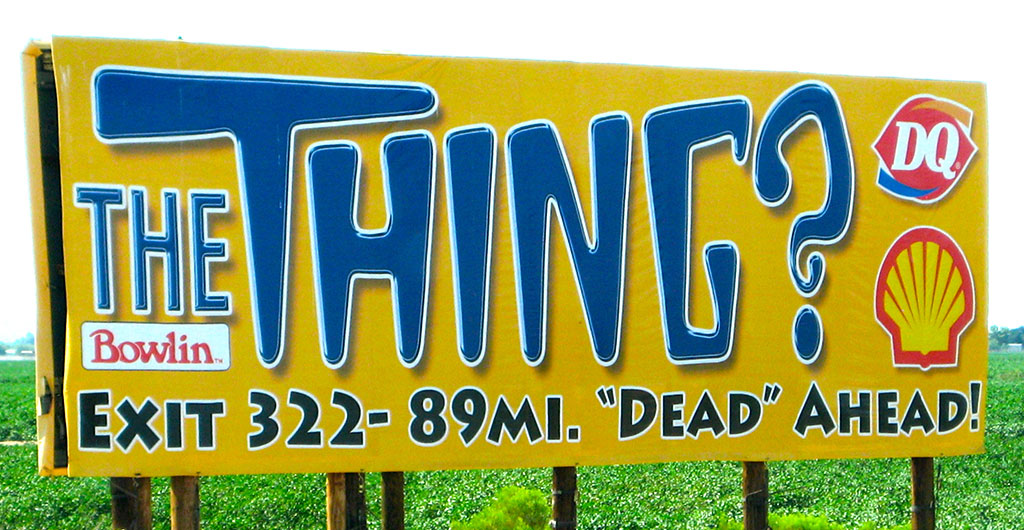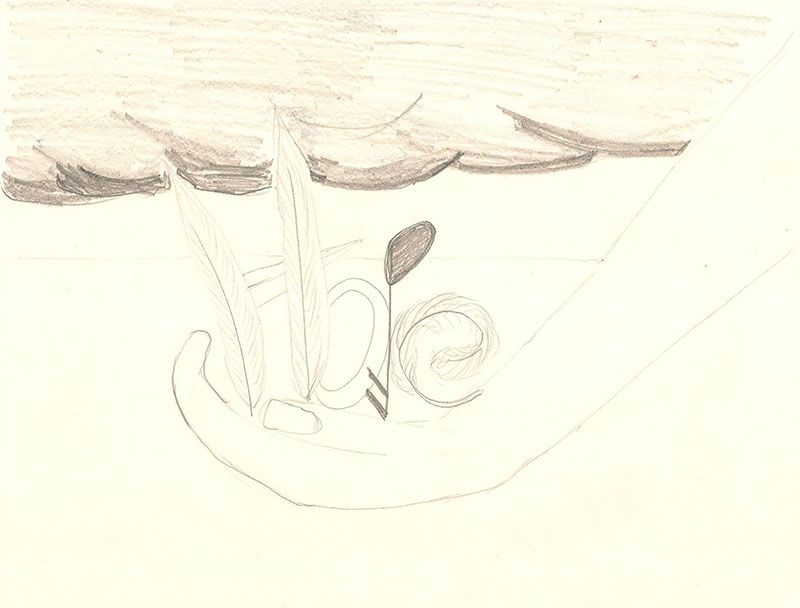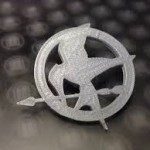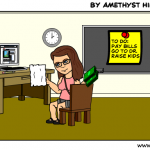“A bird does not sing because it has an answer. It sings because it has a song.” Chinese Proverb
In 2004, Barack Obama introduced us to the phrase “The Audacity of Hope.” Audacity can be defined as the willingness to take bold risks. His implication is that in this society where it is so easy to feel lost in the machine, those who hope make a courageous decision.
The audacity of hope is what makes a great teacher, especially a new teacher. She tackles the problems of the world on the playing field of the classroom.
I propose another category of hope, a way of thinking about hope which might resonate with more experienced teachers exhausted at the end of each successive school year. Or maybe it’s just my kind of hope.
Please bear with me as I offer to you one of the most overplayed poems in all of American literature. Bear with me, because I am betting there is more to this poem than you may have taken the time to think about before:
254
“Hope” is the thing with feathers —
That perches in the soul —
And sings the tune without the words —
And never stops – at all —
And sweetest – in the Gale – is heard —
And sore must be the storm —
That could abash the little Bird
That kept so many warm —
I’ve heard it in the chillest land —
And on the strangest Sea —
Yet – never – in Extremity,
It asked a crumb – of me.
by Emily Dickinson
Most students (and many teachers) interpret this poem in a syrupy-sweet kind of way: Hope as a birdie with a beautiful, eternal song. Which is why 9 out of 10 students with black nail polish hate this poem.
Hope is the thing with feathers. I don’t know about you, but here in Southern Arizona, “THE THING” is a roadside attraction along I-10, so potentially terrifying that the billboard lettering evokes the title sequence of a dozen B horror flicks and looks as though it reeks with the stench of swamp-monster effluvia.

Dickinson could have chosen to call hope a songbird. But she doesn’t call it a “Bird” until the middle of the poem. Not only does she put “Hope” in quotation marks (as though apologizing for writing about such a sappy topic) but she calls it a THING (with feathers).
When I imagine a bird as a thing, I think about the creepiness of seeing a bird close up: the scaly skin around its small eyes, the unforgiving bone of its beak, its dry tongue and dinosaur feet. With talons.
We used to have a parrot. Rudy was friendly until I tried to put him away in his cage, and then he would clamp my shoulder with his sharp feet, rip out my ponytail holder and start nipping my ear. Not nice. He was determined to stay out of that cage. Obstinate fellow.

My hope this time of year is the same. The exhaustion, the disillusionment of the batteries of standardized tests, the pressure to document every effort I’ve made to intervene with every struggling child, the referrals I have to write because students couldn’t keep it together for just two more weeks, the deadlines for paperwork, signing off on evaluations that do not fully represent me, documentation to potentially fail seniors, the grading. We’ve all got a similar to do list that we might finish by the end of the summer if we actually accomplished all of it.
The celebrations at the end of the year are necessary. The people being celebrated deserve it. Great accomplishments have been achieved, and many people will be missed. But (am I allowed to admit it?) there are times when even these rituals feel like props to keep us going until the end. Really, there is no time to properly honor everyone. There is no time for anything but intensively trying to get students the last of their feedback for the year in time to clean up my room and making sure I’ve given everyone enough opportunity for success.
Dickinson’s “Hope” reminds me of Annie Dillard’s weasel. In an essay in which she asks us to live like weasels, she illustrates the weasel’s wild determination by citing the image of one latching its jaws onto an eagle and not letting go, and the image of the eagle soaring through its days with the skeleton of the weasel still attached. I believe Dickinson’s view of hope is similar. And I as a veteran teacher am left wondering what to do with this dogged companion who will not let go of my neck.
However, unlike weasels or the freakshow in Dragoon, through the storm this feathered thing sings. The speaker in Dickinson’s poem does nothing to encourage this thing. It perches in the soul and hops out along our arm. It asks for nothing and sings sweetest in the Gale. It keeps us warm, this thing, and never asks for even one little crumb. We need not feed it or nurture it. It exists because we are alive. It is a thankless job for a feathered thing, and the speaker of Dickinson’s poem can only acknowledge its unfailing song.
Even the least syrupy sweet among those of us who work with teenagers must acknowledge it. Somewhere in there, amongst the muscles and bones, the stray bolts and metal pins, around the worn edges of our battered teacher souls, even this time of year, is a thing. It’s a thing that keeps us going. I look forward to next year, and even to tomorrow, when I can laugh with my students about how we are all ready for summer. Laughter which comes because even though we are ready for a break, we know the struggle to become ourselves continues. We and our things will return to teach and learn another day. And we will hope for more.
After 17 years, I am not pollyannish about education; however, I am not cynical either. I can’t see my thing with feathers ever going anywhere. It perches in my soul, and sings the tune without the words (See? It doesn’t even know what it is trying to say!) and never stops at all. I didn’t ask for it. But if it ever, in Extremity, abandons me I will know it is time to leave the classroom. I can’t claim that my kind of hope is audacious, or even eternal. But I am grateful that it is obstinate.








